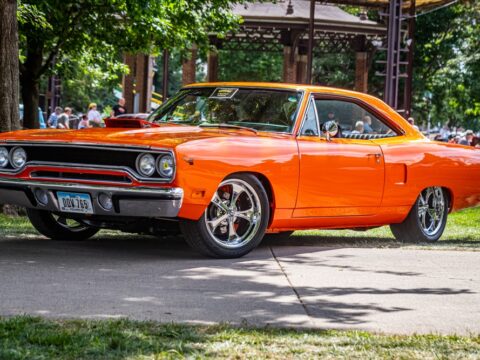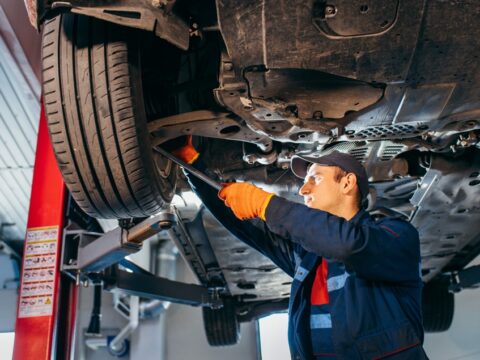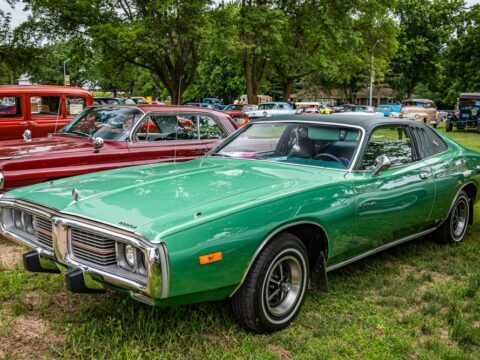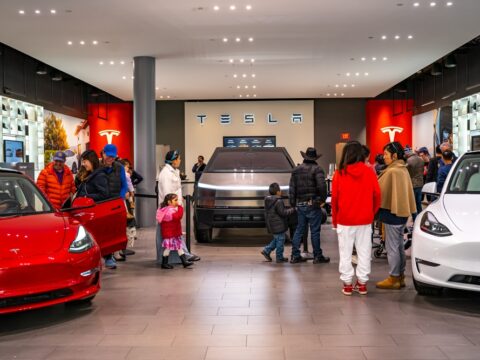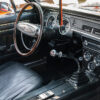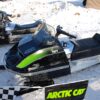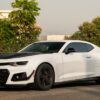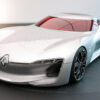Muscle cars, known for their powerful engines and American craftsmanship, are a key part of U.S. car culture. However, not all of these cars lived up to expectations. Despite the excitement they generated, some models turned out to be disappointing, offering more hype than performance.
Contents
1978 Dodge Monaco
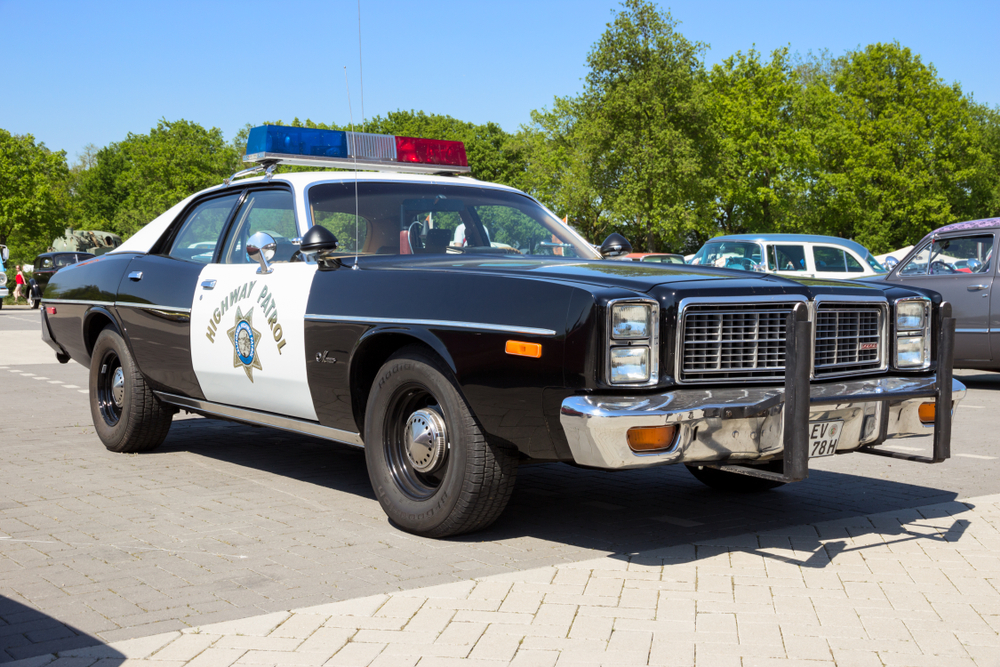
Trying to keep the muscle car spirit alive, the Monaco’s 360 CID V8 engine, which produced 155 hp, left much to be desired. Heavier and less powerful than its predecessors, it couldn’t recreate the old magic.
1980 Pontiac Firebird Turbo Trans Am
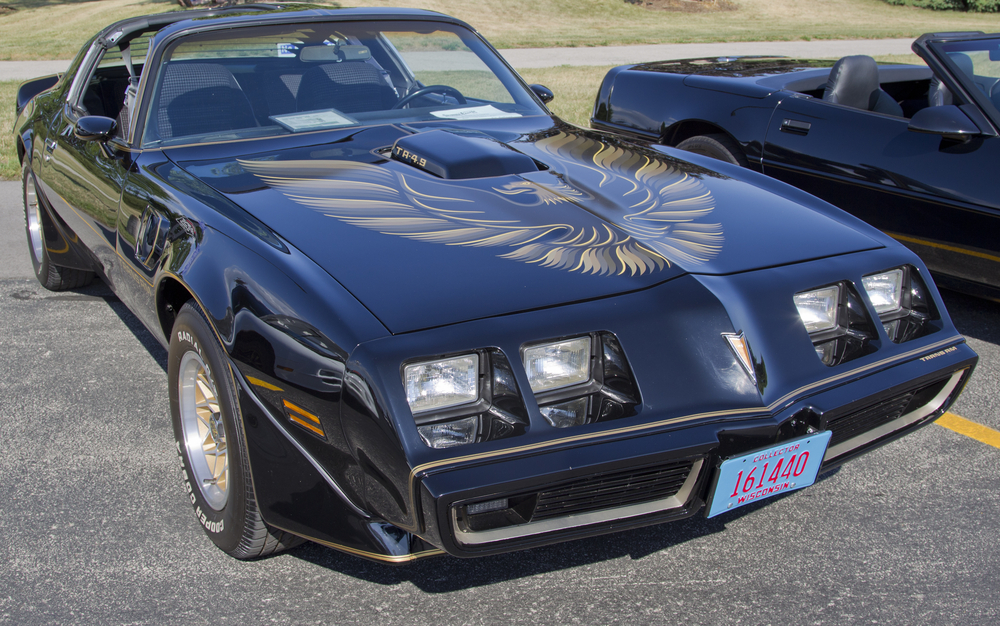
While the turbocharged V8 sounded promising, its 210 hp output was not as thrilling. Many found it less engaging than the non-turbo variants.
1971 Mercury Cougar
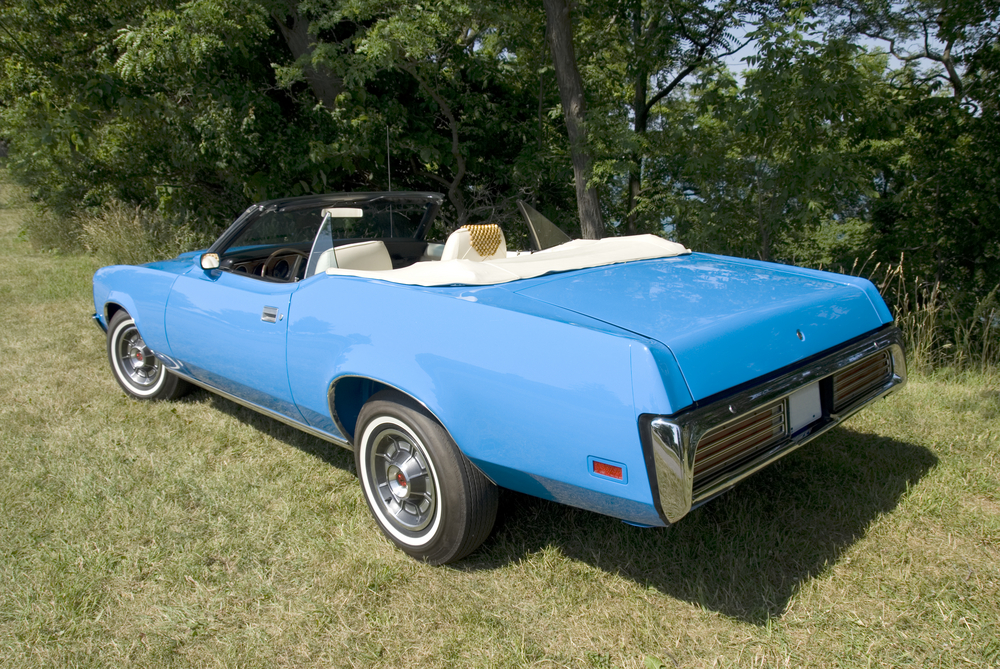
The Cougar was redesigned in 1971, becoming larger and heavier. Even with its 429 CID V8, the added weight impacted its performance negatively.
1974 Pontiac GTO
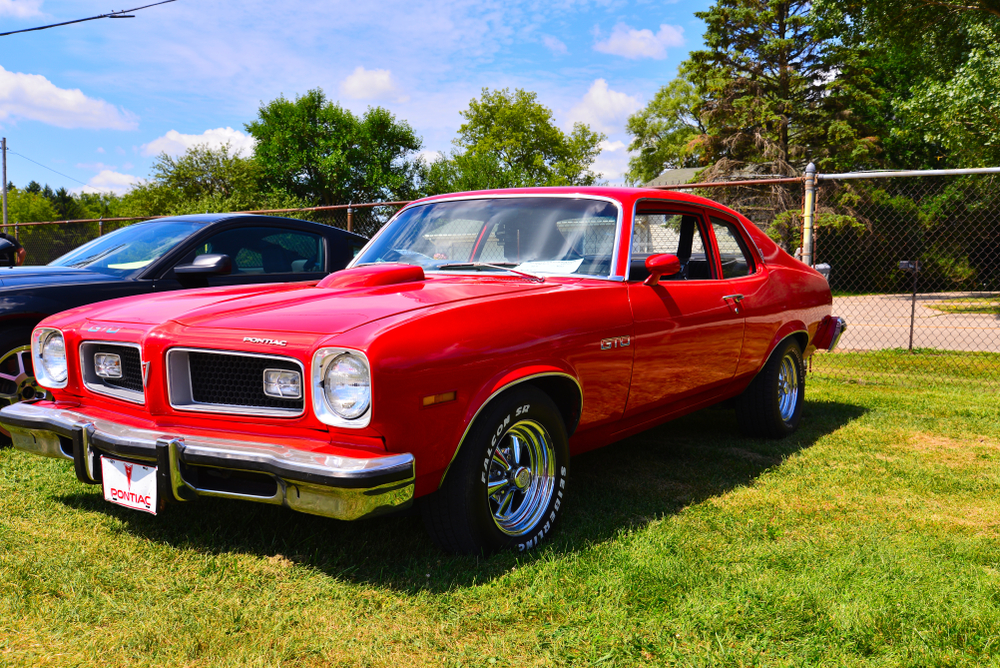
This model was a far cry from its 1960s counterparts. Built on the compact Ventura platform and with a 350 CID V8 producing only 200 hp, it couldn’t match the performance or prestige of earlier GTOs.
1974 AMC Javelin
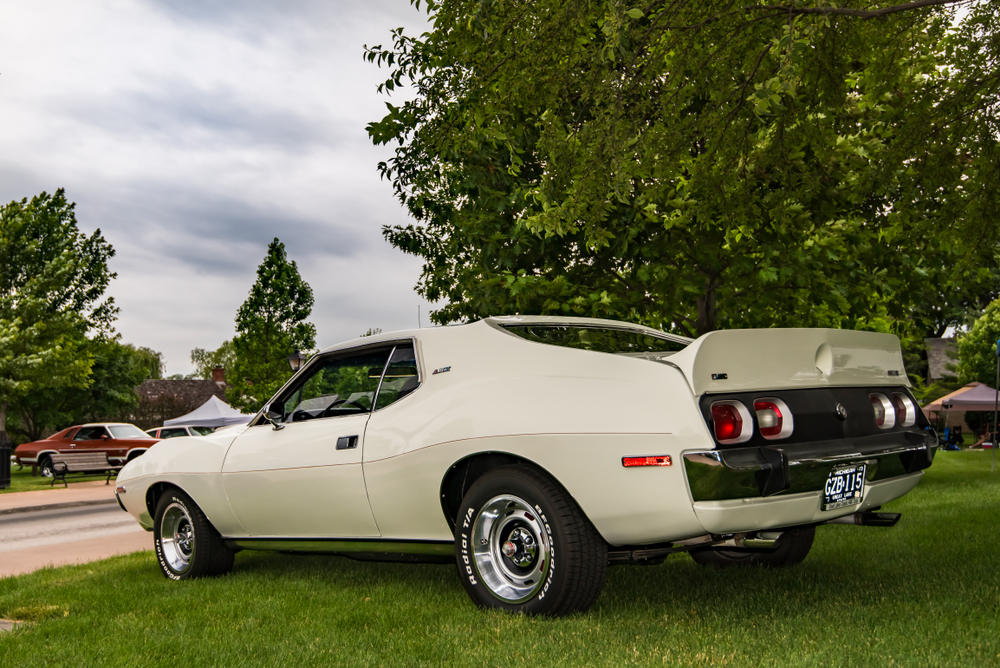
AMC’s attempt to compete in the muscle car market fell short with the 1974 Javelin. Heavy and with restricted exhaust emissions, its V8 couldn’t offer the power that enthusiasts expected.
1982 Chevrolet Camaro
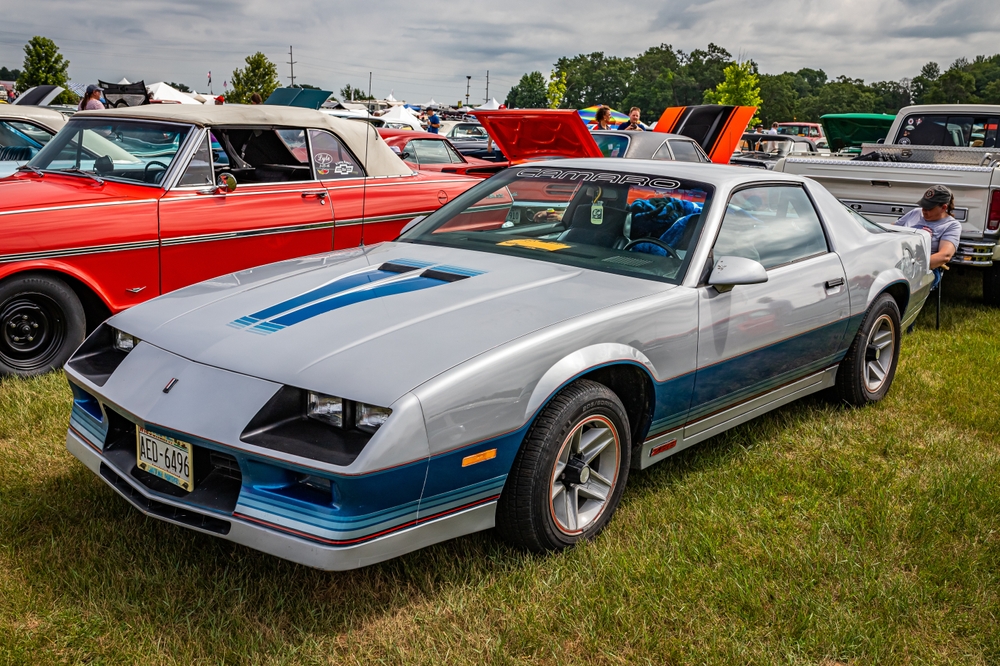
The third generation’s introductory year came with a 145 hp V8, a disappointment for many Camaro fans. The car felt underpowered and failed to impress the muscle car community.
1975 Chevrolet Chevelle Laguna S-3
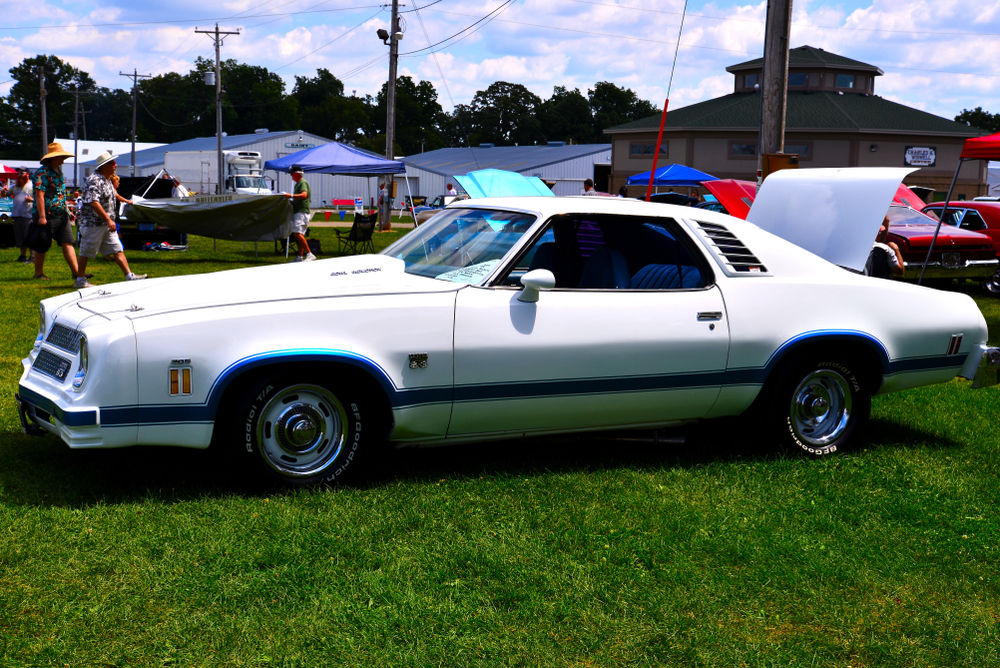
While it boasted a stylish exterior, the Laguna S-3 was all show and no go. The 350 CID V8 managed a mere 145 hp, making it less appealing to serious muscle car enthusiasts.
1978 Pontiac Firebird Trans Am
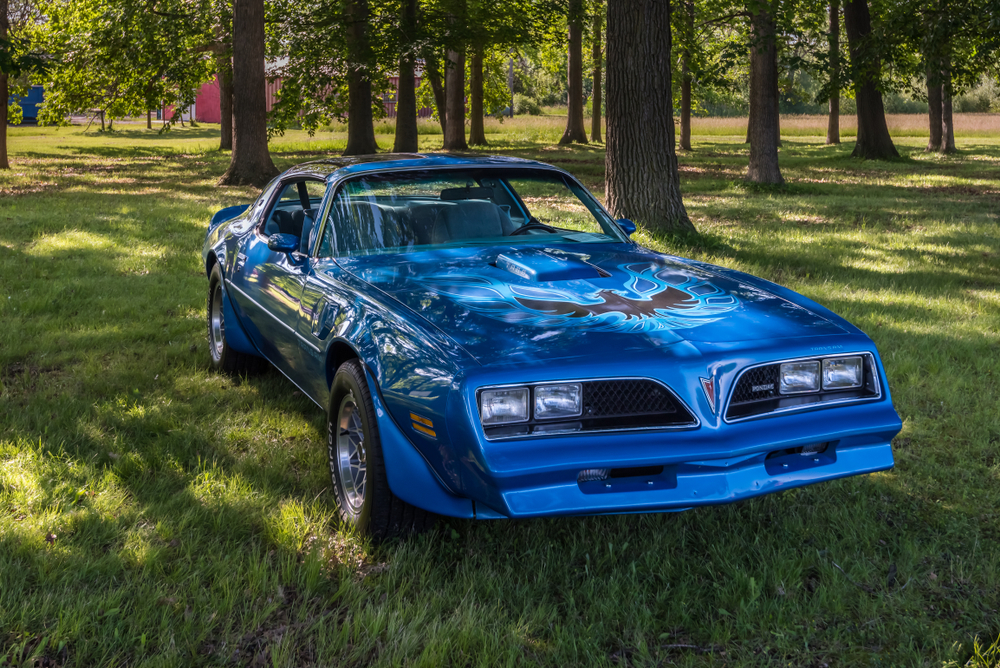
While it looked the part, emission regulations took a toll on its performance. The once-mighty 6.6L V8 only churned out 220 hp, a significant dip from earlier models.
1976 Dodge Charger
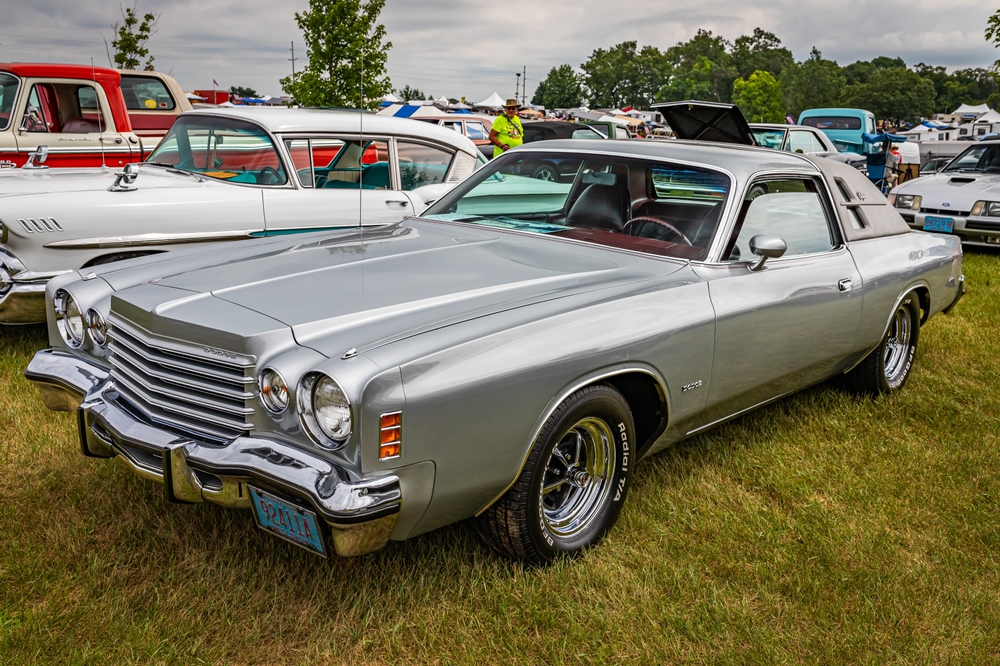
The Charger, once a revered name in muscle cars, saw a decline in its 1976 model. The car became more luxurious and less sporty, and its base model had only a 318 CID V8 with 145 hp, which was underwhelming.
1972 Ford Torino
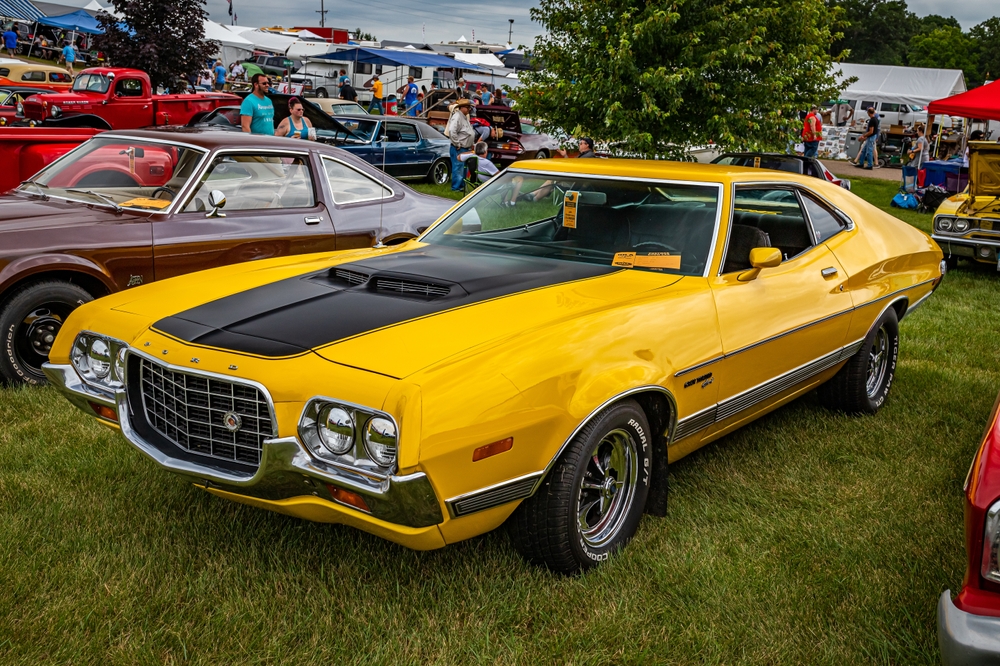
The Torino became bulkier in 1972, and while it had powerful engine options, it was weighed down by its increased size, resulting in reduced overall performance.
1980 Chevrolet Corvette
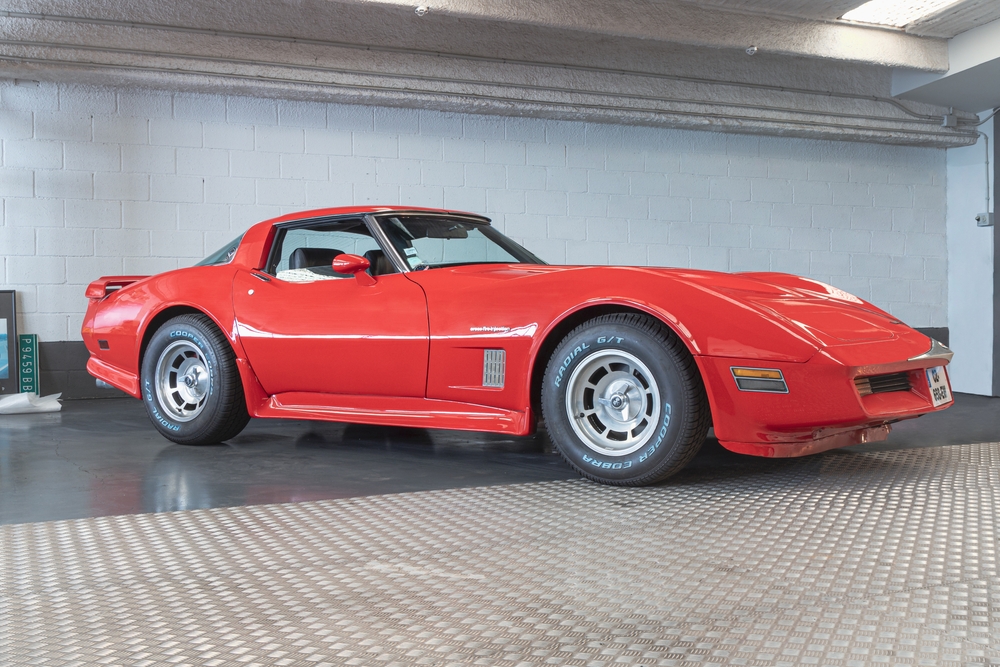
Despite its aggressive looks, the 1980 Corvette had a 305 CID V8 engine that produced a mere 180 hp, making it one of the least powerful Corvettes ever.
1971 Plymouth Road Runner
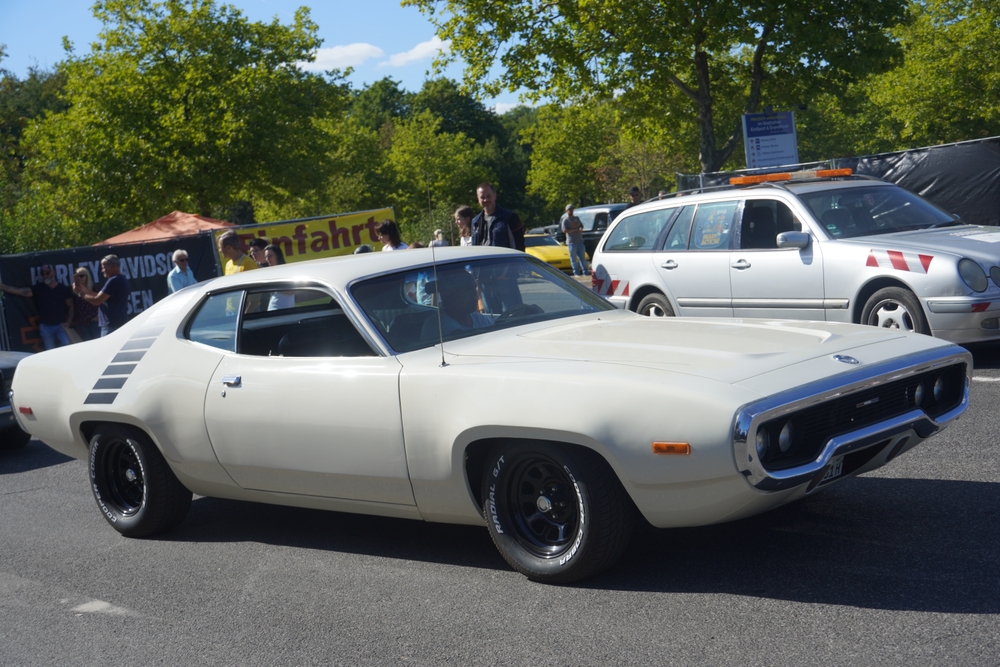
While its earlier version became an icon, the 1971 iteration disappointed. New safety and emission regulations affected its performance, and despite having a 383 CID V8, it felt underpowered compared to its predecessor.
1978 Ford Mustang II King Cobra
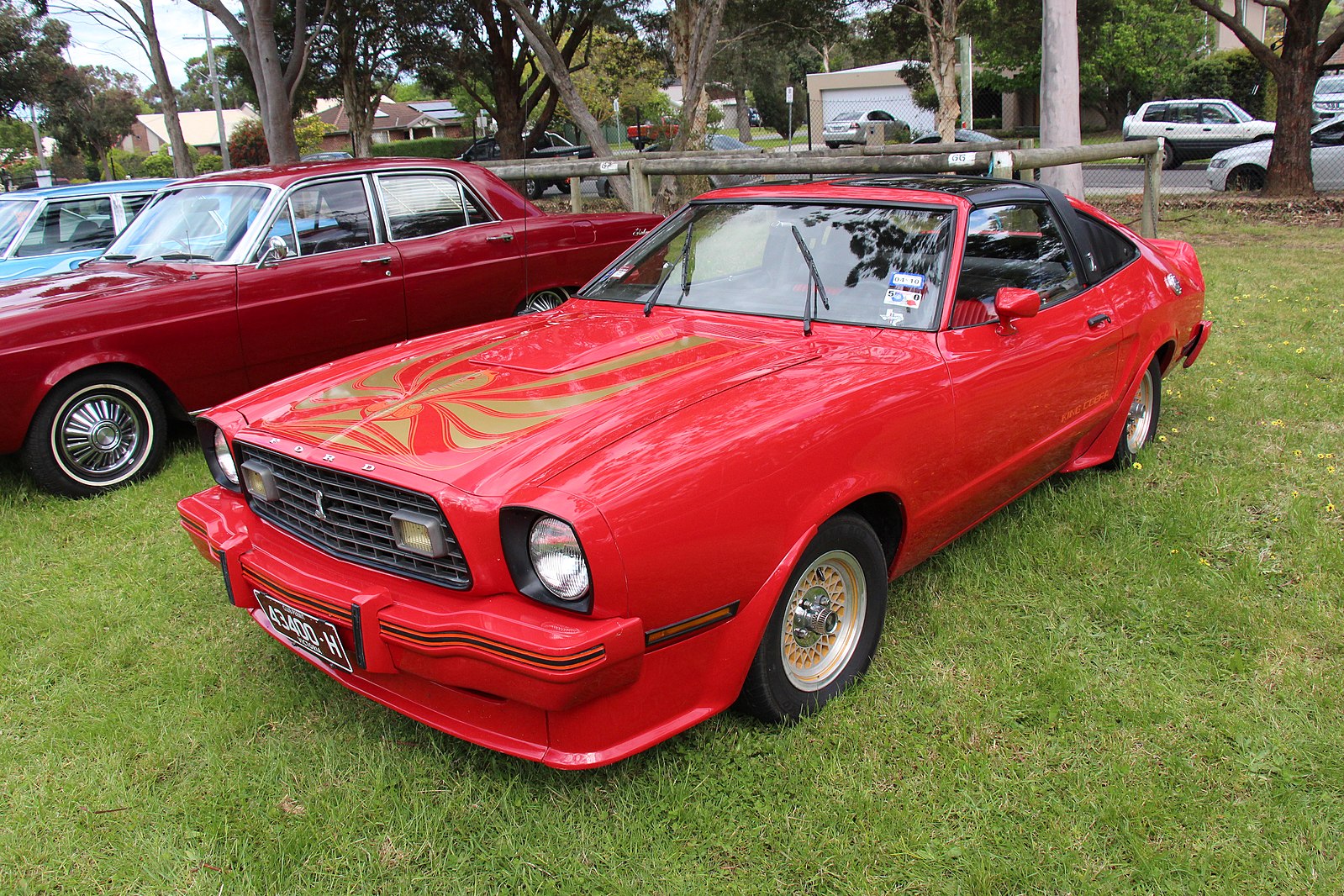
Introduced in 1978, the Ford Mustang II King Cobra aimed to recapture the muscle car magic with aggressive styling, including a bold cobra decal and a front air dam. However, it was underpowered, equipped with a 5.0-liter V8 that managed only about 139 hp. The King Cobra’s performance was lackluster compared to its predecessors, and its smaller, more economical design was a far cry from the raw power expected of a muscle car.
1980 Dodge Aspen R/T
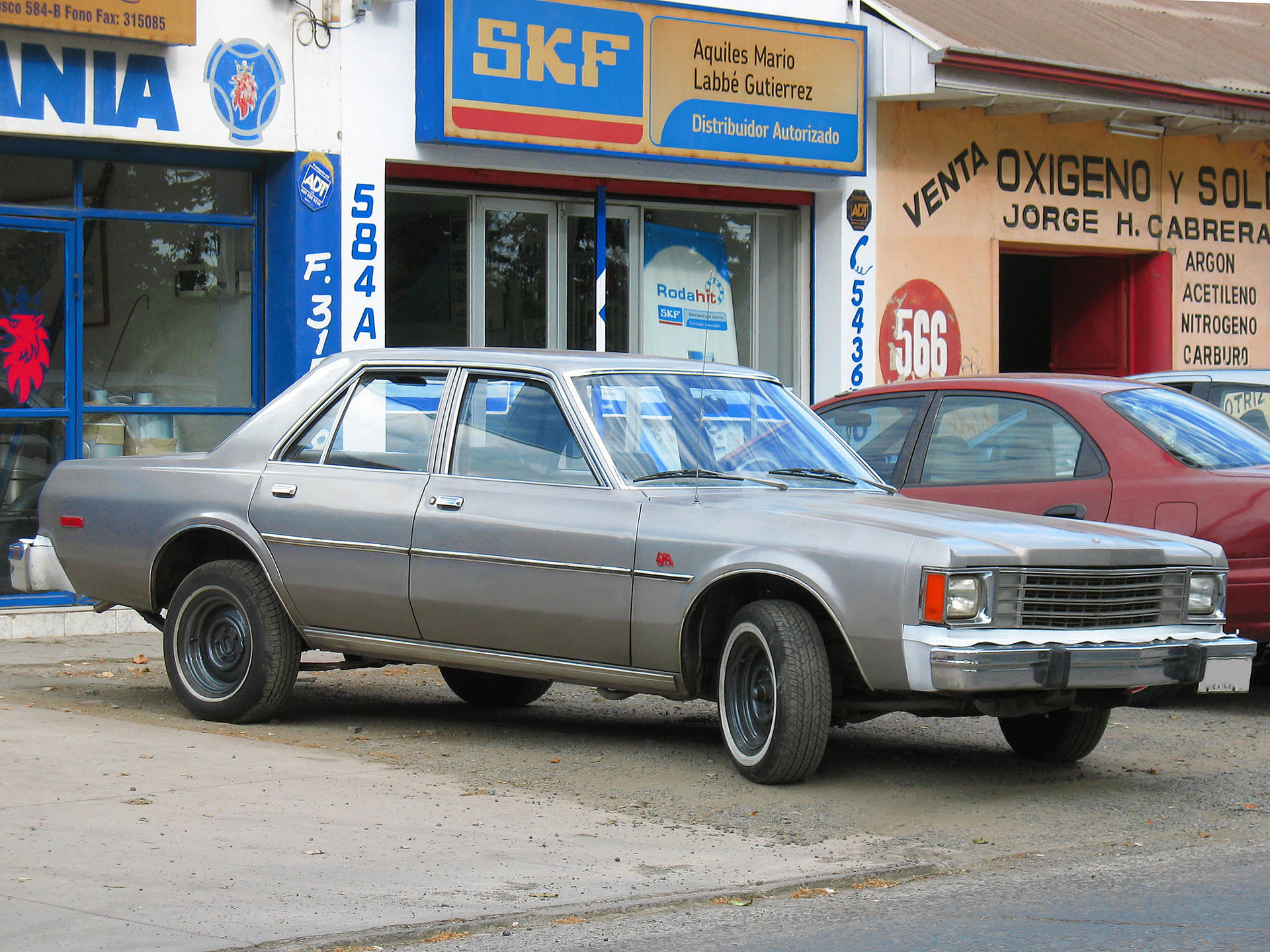
The 1980 Dodge Aspen R/T featured a sporty appearance package that promised a return to the muscle car era, but it was ultimately a letdown due to its performance. With a 360 CID V8 producing a meager 185 hp, the Aspen R/T was unable to deliver the thrilling drive expected from its muscular aesthetics, contributing to its poor reception and low sales figures.
1979 Chevrolet Monte Carlo
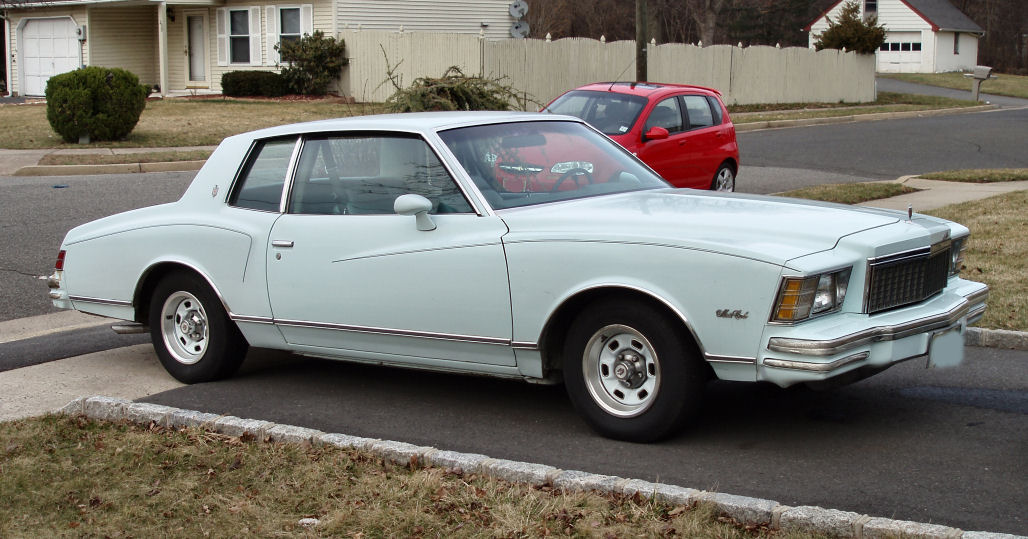
In 1979, the Chevrolet Monte Carlo was redesigned with a focus on luxury rather than performance, featuring a downsized body and an optional V8 that topped out at just 160 hp. While it sold well due to its comfort and improved fuel economy, enthusiasts were disappointed by its reduced horsepower and lackluster performance, which did not live up to the Monte Carlo’s muscle car heritage.
1975 Dodge Dart Sport 360
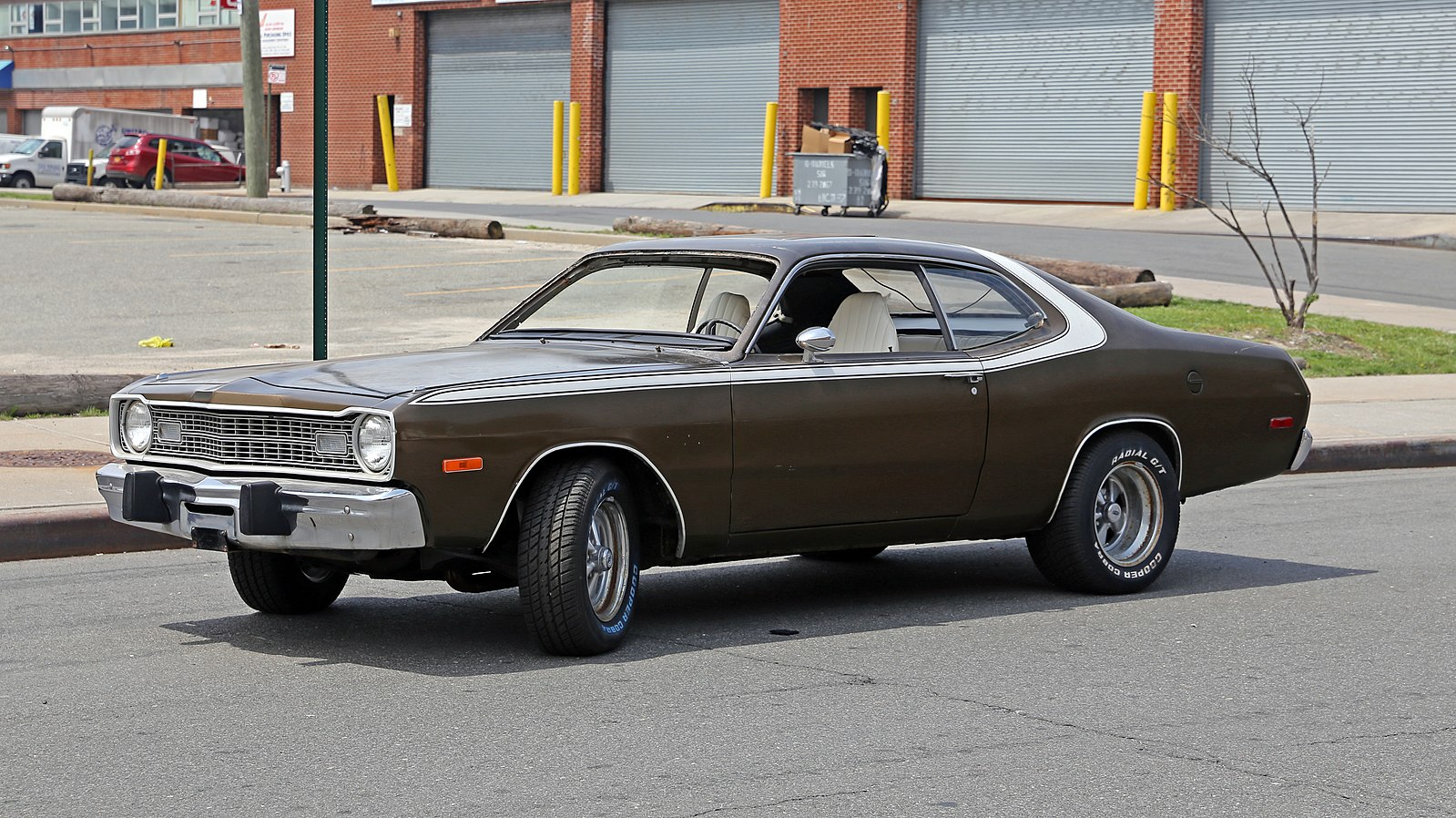
The 1975 Dodge Dart Sport 360 attempted to keep the muscle spirit alive with a 360 CID V8. However, strict emission controls stifled its output to just 230 hp, significantly less than muscle car fans expected. Coupled with a rather plain design that lacked the aggressive styling of earlier muscle cars, the Dart Sport was more of a reminder of the performance losses the segment faced during the era.
1973 Pontiac Ventura GTO
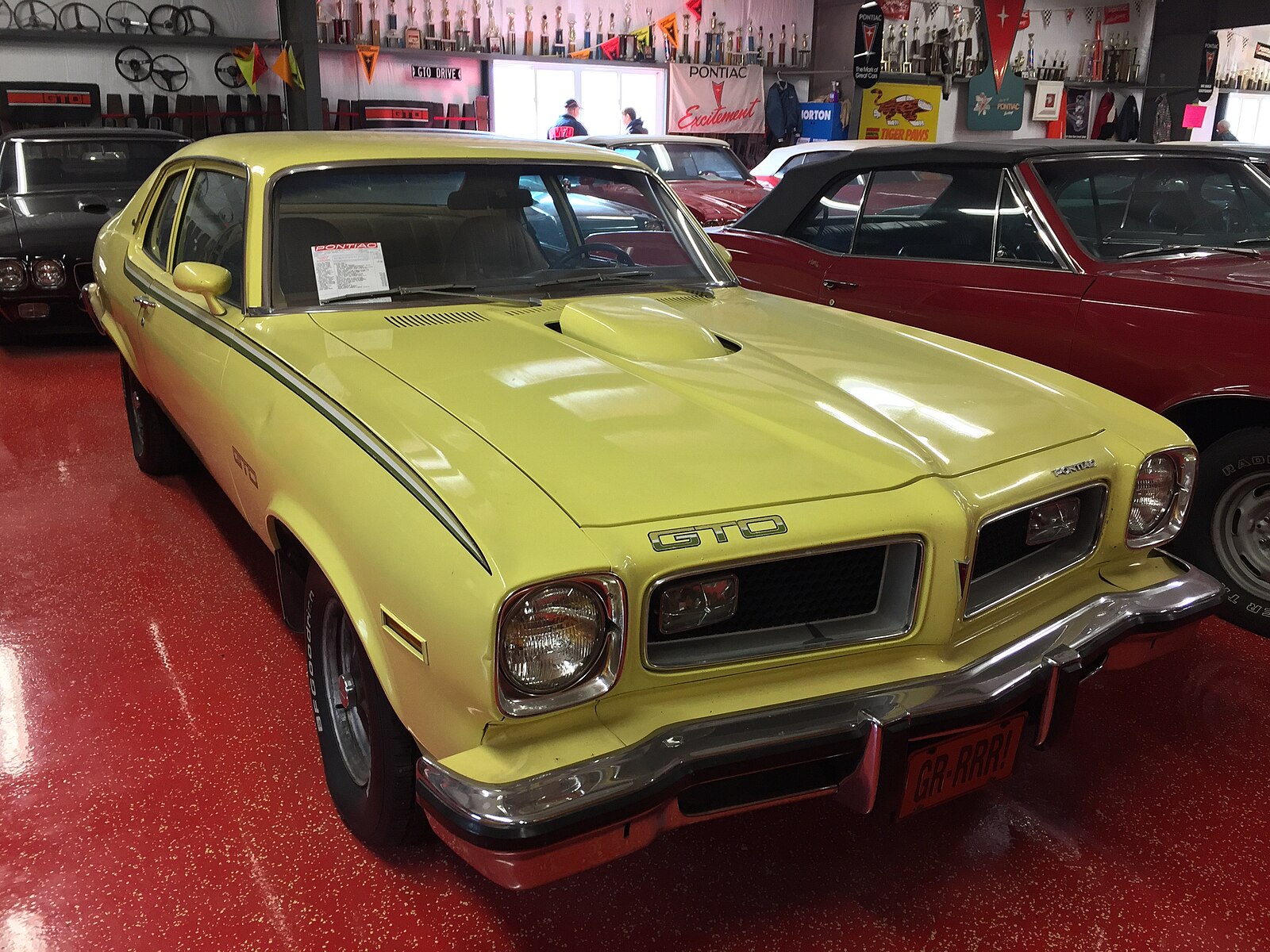
The 1973 Pontiac Ventura GTO tried to transfer the iconic GTO badge to a smaller, more economical platform. With a 350 CID V8 producing around 200 hp, it fell short of the muscular performance associated with the GTO name. The model struggled with an identity crisis, failing to satisfy GTO enthusiasts or attract new buyers looking for powerful muscle cars, leading to poor sales and a lackluster legacy.
1977 Oldsmobile Cutlass 442
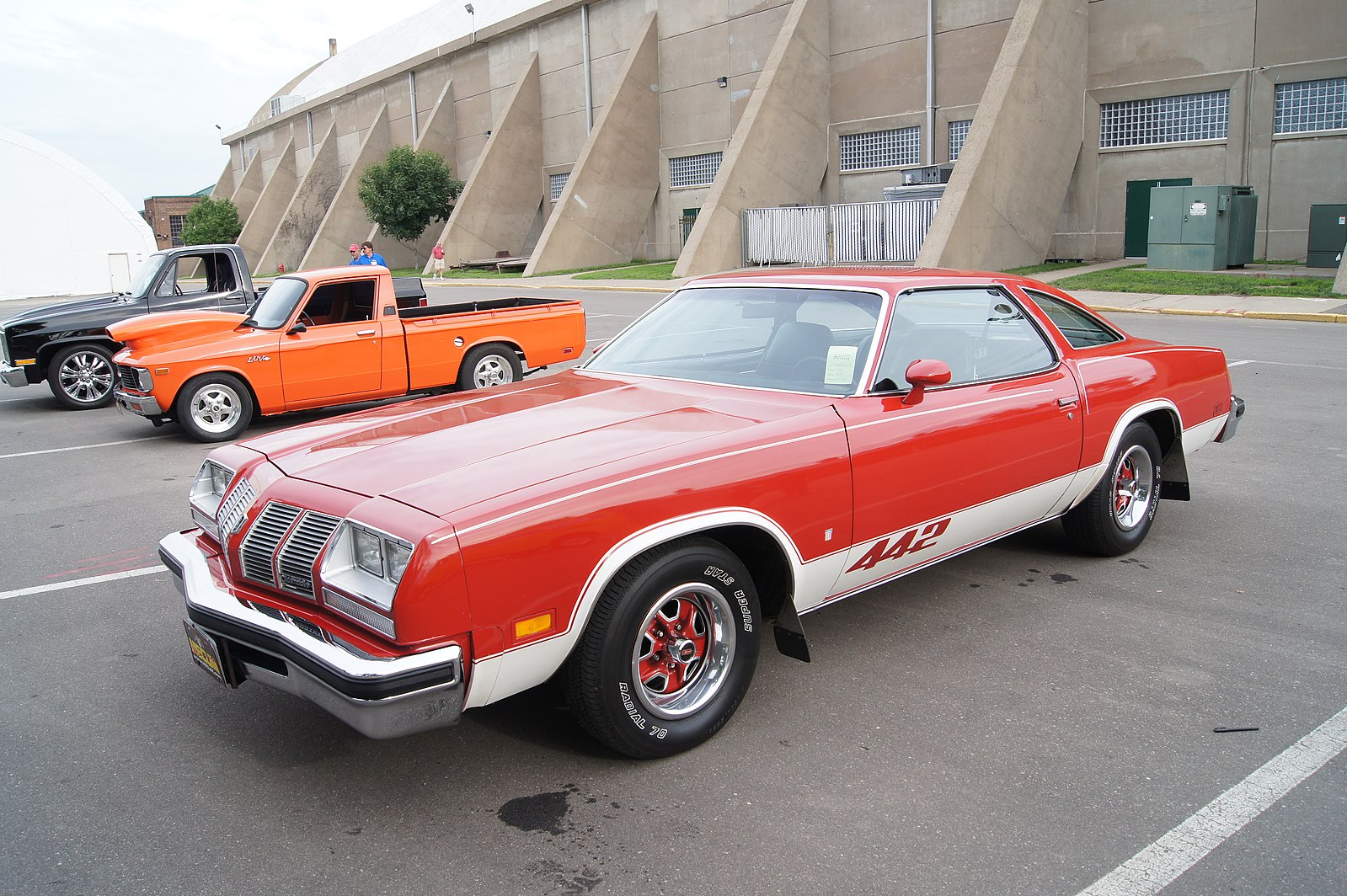
The 1977 Oldsmobile Cutlass 442 was a shadow of its former self, equipped with a 403 CID V8 engine that output only 180 hp due to emissions regulations. The design was bulkier, and the performance was not competitive with the muscle cars of the late 60s and early 70s, leading to disappointment among fans who cherished the 442’s original high-performance image.
1982 Pontiac Firebird S/E
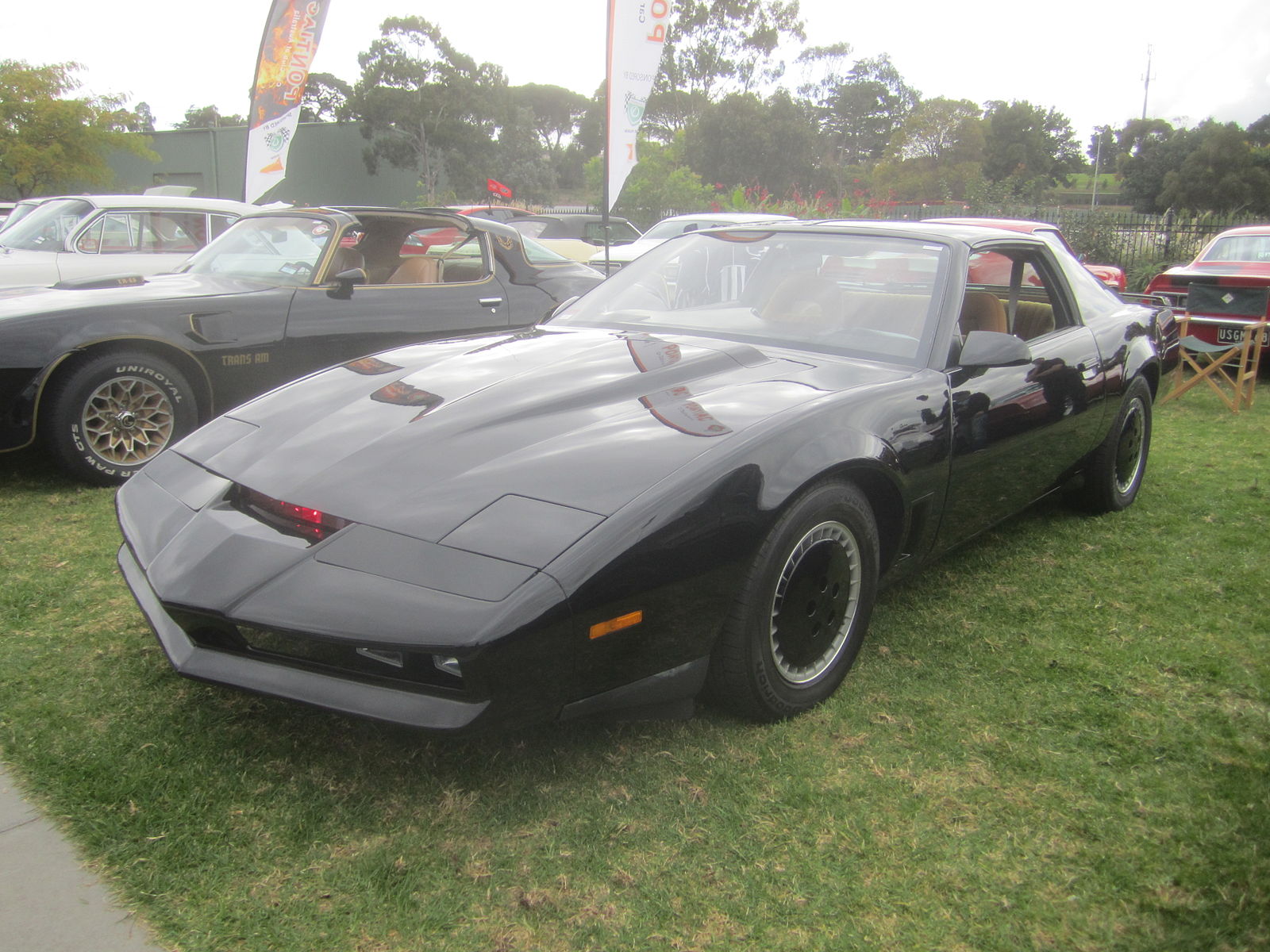
While the 1982 Pontiac Firebird S/E featured futuristic styling and was promoted as a performance vehicle, it was equipped with a lackluster 305 CID V8, generating just 145 hp. The third-generation Firebird’s performance did not match its sporty exterior, leaving many enthusiasts underwhelmed by its inability to deliver true muscle car thrills.
1974 Mercury Montego GT
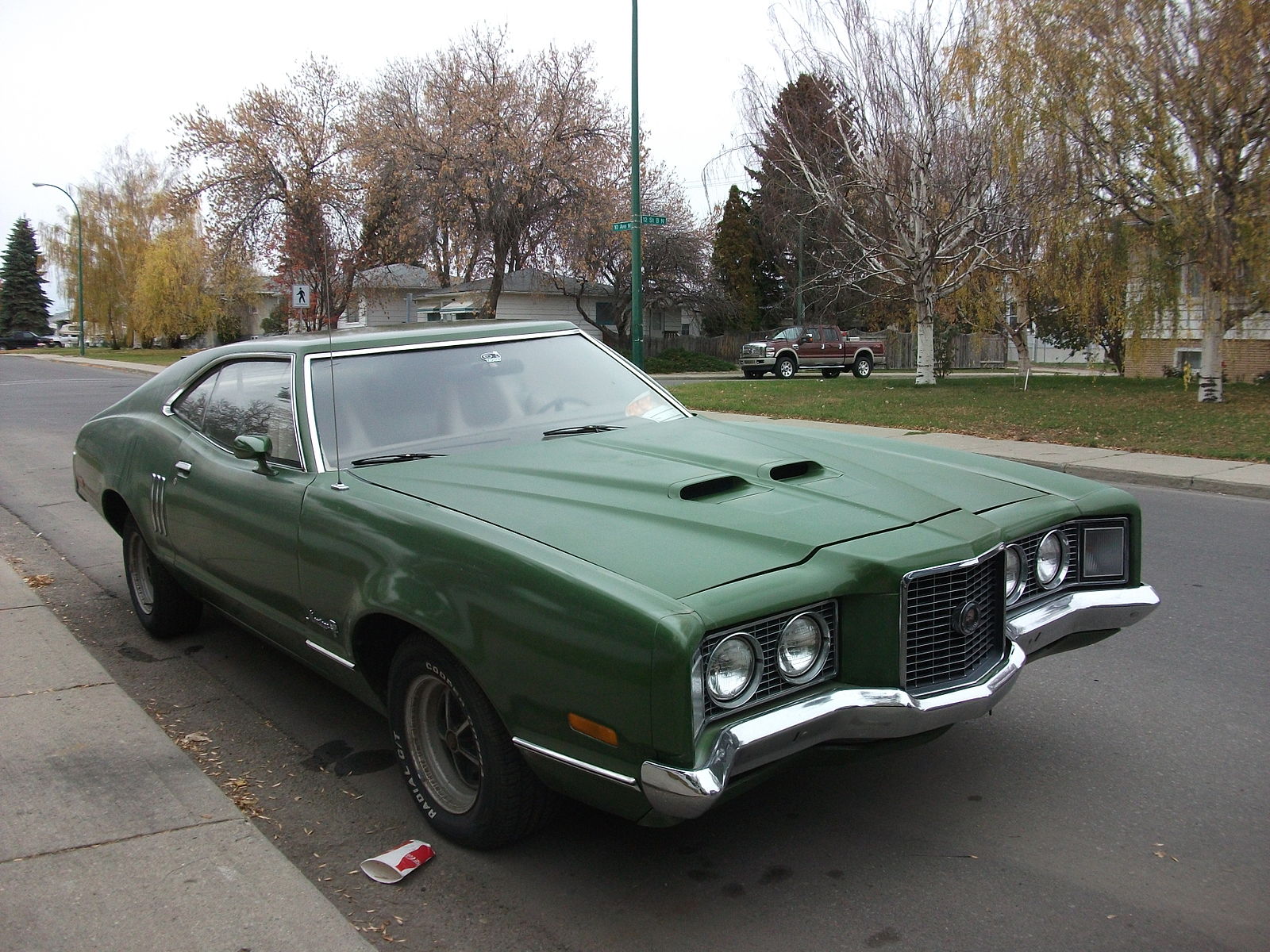
The 1974 Mercury Montego GT offered a 351 CID V8 engine, but with only about 161 hp on tap, it was far from the powerhouse fans hoped for. Coupled with a design that leaned more towards family-oriented features rather than sporty, aggressive cues, the Montego GT failed to make a significant impact in the muscle car market, garnering low enthusiasm and modest sales figures.
This article originally appeared on MyCarMakesNoise.
More from MyCarMakesNoise
Essential Motorcycle Accessories for Safety and Comfort
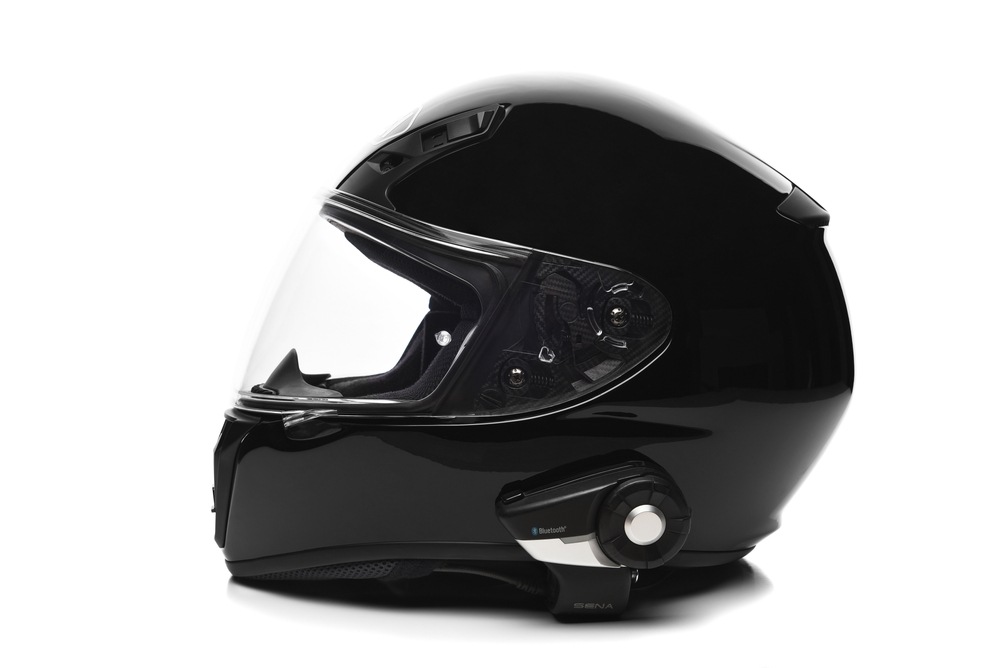
The allure of the open road, the symphony of a roaring engine, and the freedom of two wheels have long captured the hearts of motorcycle enthusiasts. Yet, the true essence of biking goes beyond the machine and the ride; it’s also about gearing up right. Read More.
15 Top Tips for Full-Time RVers

Living as a full-time RVer is an exciting journey that offers a unique blend of freedom and simplicity, but it comes with its own set of challenges. Read More.
11 Electric SUVs Perfect for Road Tripping
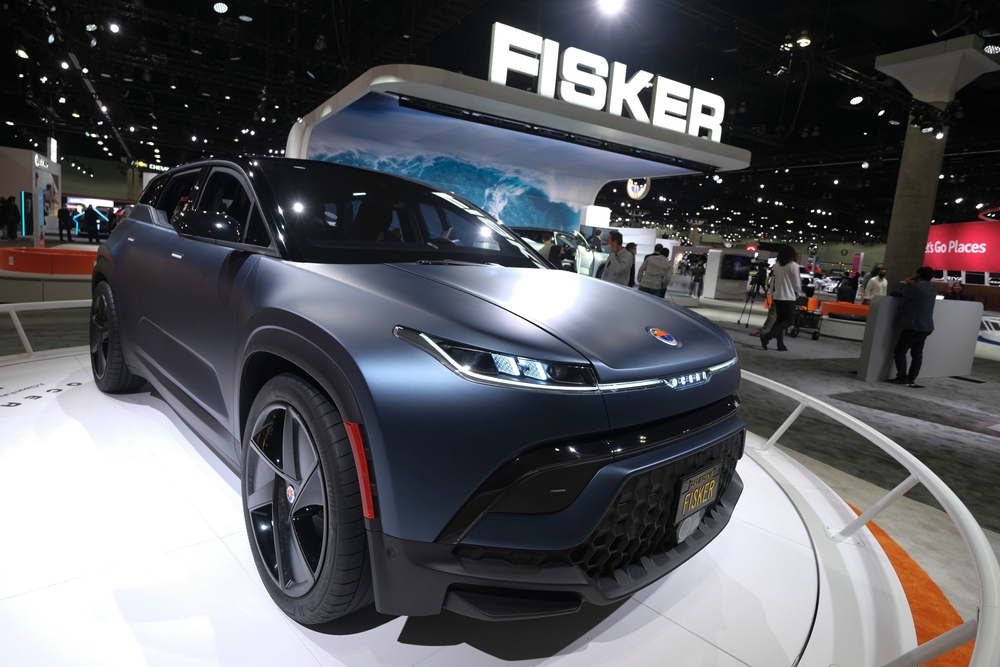
Beyond their environmental benefits, these vehicles are packed with state-of-the-art technology, luxurious amenities, and driving capabilities that cater to the modern explorer. Read More.

